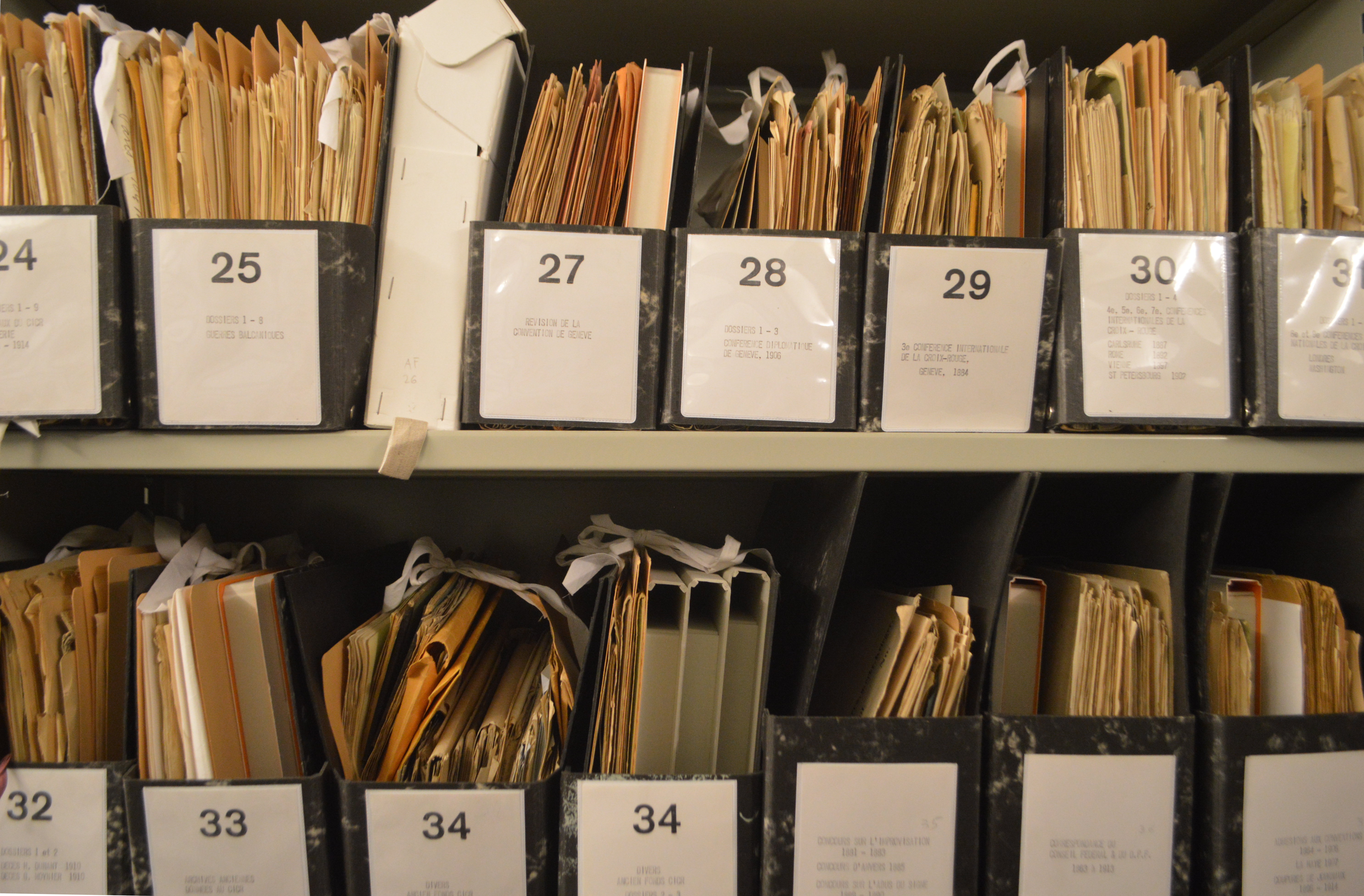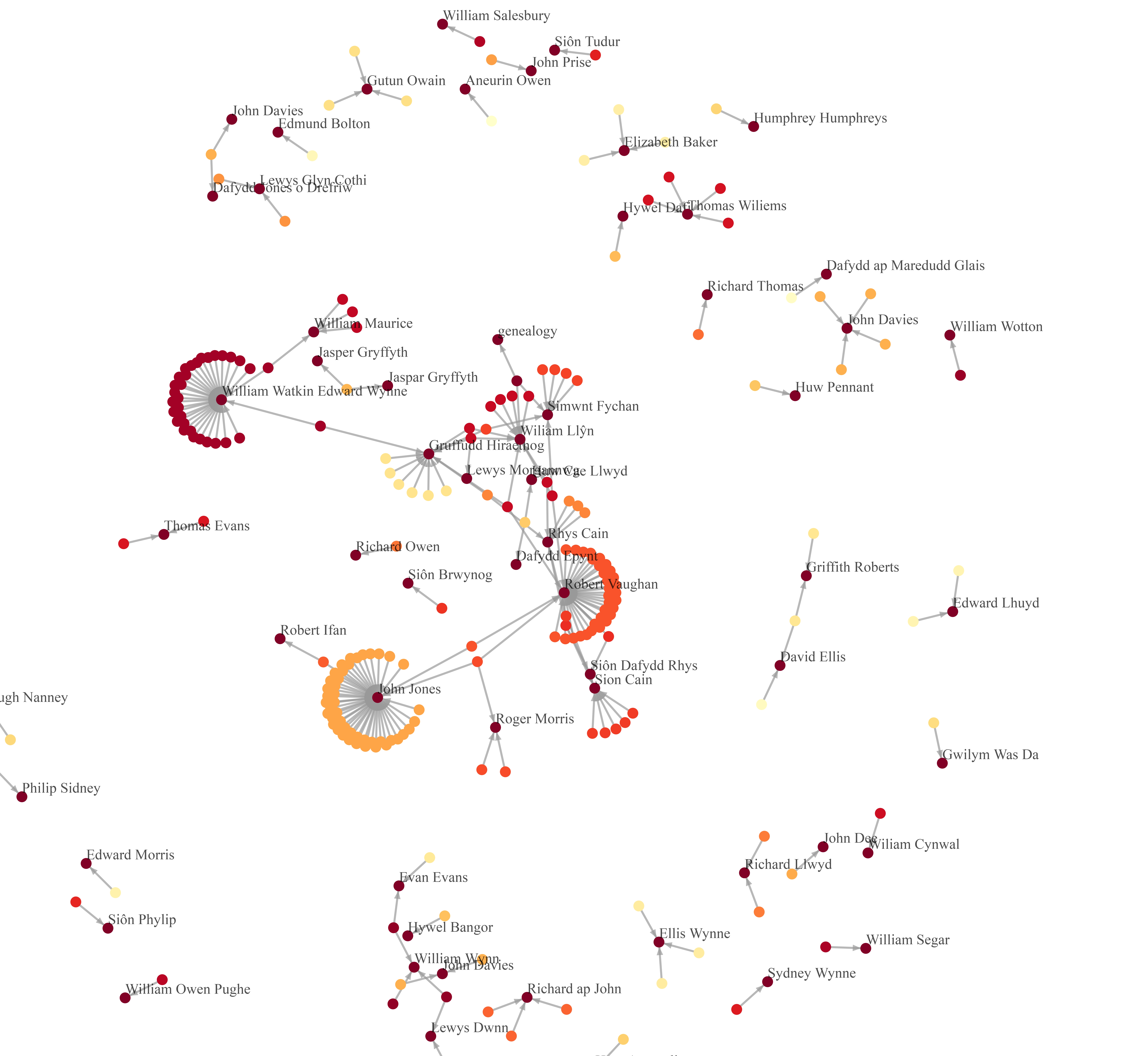.png?width=1280&height=720&name=Featured%20Image%20(9).png)
What is Digital Humanities?
You may have heard of the academic disciplines known as the humanities, but what exactly is digital humanities? It’s not easy to define this relatively recent field and finding one definition that all digital humanists agree on is almost impossible. But in general, the term “digital humanities” refers to the use of digital tools and techniques in humanities research. It is an interdisciplinary field that brings together a wide range of researchers, from historians to philosophers to computer scientists. These research groups work together to develop and analyse digital technologies — for example, Transkribus — with the aim of enhancing research into the traditional humanities.
In this post, we are going to look deeper at the field of digital humanities and some of the research approaches that are used. We will then talk about how Transkribus has been used within the digital humanities and showcase some key projects in the field.
How has technology affected digital humanities?
Technology has had a profound impact on the development and growth of the digital humanities. In fact, digital humanities would not be possible without the use of digital technologies and computational methods.
First, technology has made it possible to create digital archives and databases, which are essential for accessing and analysing large amounts of data or information. These archives can include digitised versions of primary sources such as manuscripts, photographs, and maps, as well as metadata that helps to provide context for these sources. Digitising documents in this way makes them more accessible to researchers and digital humanists, and therefore easier to analyse and study. This is particularly useful for researchers living in far-off destinations, who no longer need to travel to access their source material.
In addition to ease of access, digitising an archive makes it easier to organise and get an overview of archives and information databases. As you can probably imagine, going through rows of shelves is time-consuming, and thumbing through fragile books or manuscripts can damage them. Being able to search for information online makes the research process more efficient.
 Shelves in the archives of the International Committee of the Red Cross (ICRC) containing pre-1914 records at the headquarters in Geneva, Switzerland. , via Wikimedia Commons”>©RomanDeckert / Wikimedia Commons / CC BY-SA 4.0
Shelves in the archives of the International Committee of the Red Cross (ICRC) containing pre-1914 records at the headquarters in Geneva, Switzerland. , via Wikimedia Commons”>©RomanDeckert / Wikimedia Commons / CC BY-SA 4.0
At the same time, technology has enabled the development of digital tools and software that allow researchers to access and study data. Technologies are used both as research objects and as research methods and analysis in the digital humanities. Consequently, new tools allow scholars not only to obtain information but also to analyse and visualise it in new and innovative ways. Text mining tools, for example, can identify patterns and trends in large collections of text, while data visualisation tools can create interactive graphics that help illustrate complex data sets.
Another great advantage of technology in research, particularly in humanities scholarship, is easier collaboration and knowledge exchange. This is certainly true for digital humanities, with online platforms and social media providing opportunities for researchers to connect with colleagues on projects, share research results, and engage with a wider audience. Moreover, this has created new opportunities for learning and teaching in the humanities. Digital books, online courses and other resources give students and other interested people access to a variety of information and learning opportunities.
What kind of methods are used in digital humanities?
Digital humanities employ a wide range of methods, which vary according to the project’s research questions and objectives. Scholars use computational techniques either to address current research questions or to challenge existing theoretical frameworks, which often leads to new questions being posed and innovative methods being developed. The overall intention is to seamlessly integrate computational technology into the practice of digital humanities research.
 Scribes of works in the Peniarth Manuscript Collection and their associated works. ©Jason.nlw / Wikimedia Commons / CC BY-SA 4.0
Scribes of works in the Peniarth Manuscript Collection and their associated works. ©Jason.nlw / Wikimedia Commons / CC BY-SA 4.0
Three commonly used digital humanities methods:
- Text and data mining is the process of analysing large amounts of data to gain insights and recognise patterns. This method can be applied to a range of cultural resources and materials, including books, newspapers, and social media posts. By using text mining, researchers can identify themes, trends and other patterns that may not be immediately apparent using traditional “close reading” methods. The findings from researching such cultural materials are presented in new ways, often with interactive visuals and stories.
- Network analysis and digital mapping show connections and relationships between data. Network analysis allows researchers to visualise and analyse the relationships or interactions between people, objects and other entities. This method is particularly useful for understanding the social and cultural connections of a particular period or group, for example, the distribution of scribes and their associated works as shown in the diagram above. Digital mapping visualises the spatial relationships between data points by using geocoding data to create maps. Both methods are useful for working with complex datasets.
- A smaller field of research, animated archives is another method used by digital humanists to represent historical data in a virtually experiential way. It applies user-centred approaches to the construction of digital archives, focusing on multi-modal presentation and interactivity.
Although digital spaces are valued for sharing and collaboration, physical spaces are important for students and researchers to come together and work with or on research approaches. One example of this is a digital humanities lab, which provides space and opportunities for students and researchers to explore new methods or tools. These labs offer the chance to do research, tackle new questions, and work on interdisciplinary projects on current issues.
How has Transkribus been used in digital humanities?
Digital humanities is a rapidly evolving field that combines traditional humanities disciplines with digital technology. The development of tools like Transkribus, a text recognition and transcription platform, has revolutionised the way researchers approach the study of literary and historical materials. Transkribus has been used in various digital humanities projects and disciplines ranging from literature and arts to history and social sciences. It has proved particularly useful in the study of literary history, where it has allowed the digitisation and analysis of handwritten sources, including diaries, letters, and manuscripts, which were previously difficult to access and study.
One example of Transkribus’s contribution is its role in the discovery of a previously unknown play by the renowned Spanish writer Lope de Vega. The research team were able to rapidly digitise thousands of handwritten manuscripts, before analysing the language used in the digital versions to see if it matched the profile of any established writers. Previously, this process would have taken decades to complete. With Transkribus and other digital tools, it took just a few years.
Transkribus has also been used to create digital and transcribed collections of archival materials. Major archives in countries such as Switzerland and the Netherlands have worked with Transkribus to make their archives digital and accessible to all.
There have been several projects in which Transkribus has helped to transcribe and identify the handwritten letters and diaries of historical figures, providing insight into their personal lives and the culture of their times. However, Transkribus has also been instrumental in exposing the forgery of supposed historical documents, such as the fake Hitler diaries.
The fact that a platform like Transkribus is being used in so many different ways demonstrates the value of technological advances in the digital humanities. The ability to transcribe documents online and analyse large datasets with greater efficiency and accuracy than ever before is made possible using tools like Transkribus’ text recognition models. As a result, this allows for new insights or perspectives on works that were previously understudied or overlooked. Overall, Transkribus has become a valuable tool in digital scholarship for those interested in exploring the intersection of technology and the humanities.


